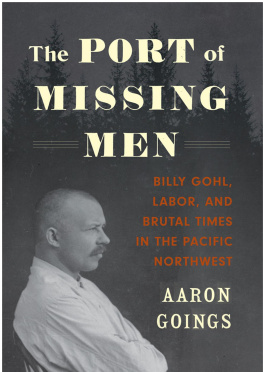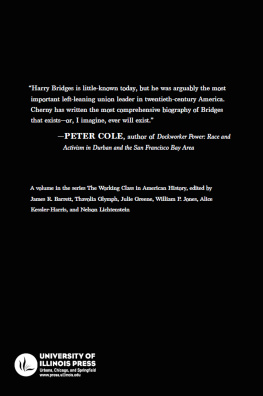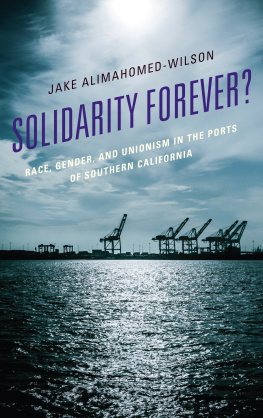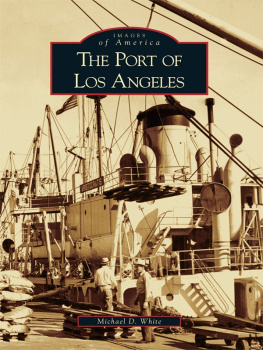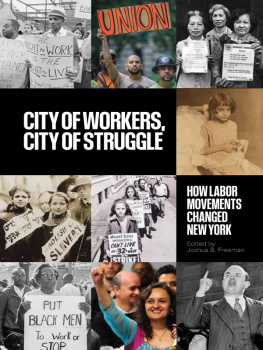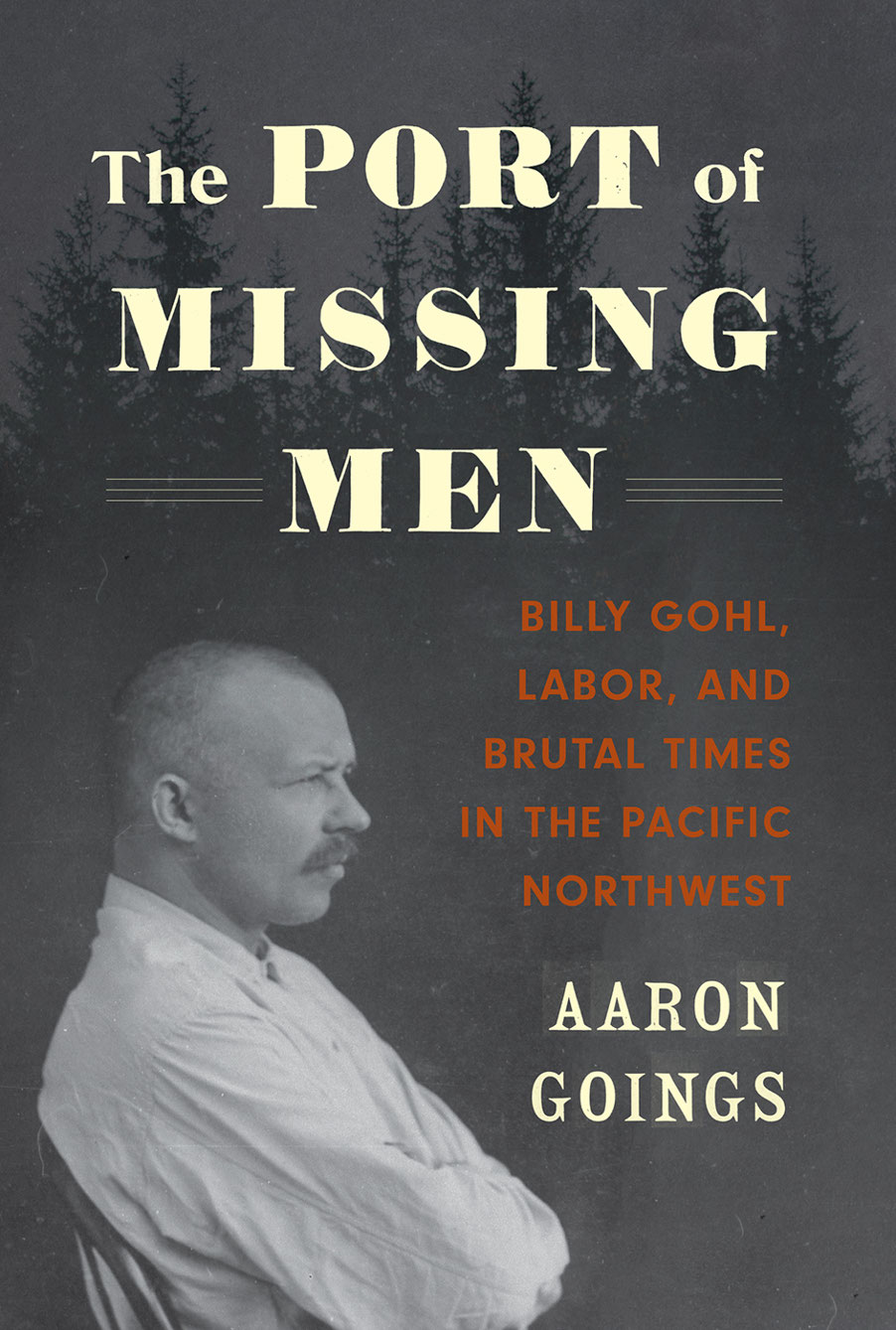THE PORT OF MISSING MEN
The PORT of
MISSING
MEN
BILLY GOHL, LABOR, AND BRUTAL
TIMES IN THE PACIFIC NORTHWEST
AARON GOINGS
UNIVERSITY OF WASHINGTON PRESS
Seattle
Copyright 2020 by the University of Washington Press
Design by Jordan Wannemacher
Composed in Sentinel, typeface designed by Jonathan Hoefler
24 23 22 21 205 4 3 2 1
Printed and bound in the United States of America
All rights reserved. No part of this publication may be reproduced or transmitted in
any form or by any means, electronic or mechanical, including photocopy, recording,
or any information storage or retrieval system, without permission in writing from
the publisher.
UNIVERSITY OF WASHINGTON PRESS
uwapress.uw.edu
LIBRARY OF CONGRESS CATALOGING-IN-PUBLICATION DATA
ISBN 978-0-295-74741-5 (hardcover)
ISBN 978-0-295-74742-2 (ebook)
Cover photograph: William Gohls mug shot. Source: Billy Gohl Documentation,
Southwest Regional Branch, Washington State Archives, Olympia.
The paper used in this publication is acid free and meets the minimum requirements
of American National Standard for Information SciencesPermanence of Paper for
Printed Library Materials, ANSI z 39.481984.
TO JESS
CONTENTS
1.BILLY GOHLS WORLD
2.BILLY GOHLS GRAYS HARBOR
3.UNION
4.BILLY GOHL AND THE 1906 MARITIME STRIKE
5.STRUGGLING FOR RESPECTABILITY
6.THE FLOATER FLEET
7.SOLIDARITY REPRISE
8.GOHL ON TRIAL
9.MAKING THE GHOUL OF GRAYS HARBOR
PREFACE
My entry point into the world of Billy Gohl came in 2001 when I sat down at the microfilm readers at the Timberland Regional Library in Aberdeen, Washington, to explore issues of the Aberdeen Daily World from 1911 and 1912. Aberdeen and the wider Grays Harbor region was rife with labor conflict during those years, marked by struggles between local employers and members of the Industrial Workers of the World (IWW or Wobblies). In August 1911, the Aberdeen City Council passed an ordinance forbidding street speaking in the citys downtown, an effort to prevent the IWW from organizing in public. That day I found out a great deal about the Wobblies, the Aberdeen City Council, and the overtly antilabor news coverage provided by the Aberdeen Daily World.
But I also found something else. Early on in my research, a front-page headline from the August 10, 1911, Daily World caught my eye: Business Men Helped Convict Gohl. The article below it discussed a debate in the Aberdeen City Council over the use of municipal funds to pay private detectives for their 190910 investigation into the criminal activities of William Billy Gohl. The article provided a detailed history, stating that much of the investigation into Gohl had been carried out by employees of the Thiel Detective Service, a leading spy firm that, like the Pinkerton Agency, had a notorious reputation for breaking unions and radical organizations using whatever means necessary. In addition, the article showed that it had been private individualslocal businessmen, united into a shadowy citizens committeethat had paid most of the Thiel detectives bills.
So much about the Daily World article piqued my curiosity. While I had work to do on my senior thesis, I couldnt shake the feeling that I had stumbled on something important. Billy Gohllong known as the Ghoul of Grays Harborwas one of the most famous residents in the history of Washingtons coast, a convicted murderer and alleged serial killer whose reported crimes have continued to interest Northwesterners for over a century. As a native Aberdonian and Grays Harborite, I grew up hearing stories about Gohl. Teachers mentioned him in school, and some residents strongly hinted that Gohl and his victims haunted old buildings in downtown Aberdeen. Having read some of the pulp nonfiction tales about Gohls dastardly deeds, I also knew that he was a local Sailors Union agent, although his biographers have taken pains to downplay his life as a worker and union activist. But my early research suggested that the Gohl story was every bit as much labor history as it was true crime.
Digging deeper into Gohls life and times, I had several questions. First, why did the city government outsource the investigation of Gohl to a notorious company like the Thiel Detective Service, one with a reputation for bending the truthand the lawto assist employers with their union problems? Next, why did it fall to employers, united into a citizens committee, to lead the investigation? What did these men have to gain from Gohls downfall? Were they just civic-minded and good-hearted men who put community and safety before all other concerns? Or was there more to that story? After all, these businessmen who formed the citizens committee routinely coordinated to bust unions. Furthermore, why did these employers choose the name citizens committee for their group? Grays Harbor employers knew full well that citizens committees were widely known throughout the country for using a range of legal and extralegal tactics to bust unions. These men surely knew about citizens committees: in late 1911 and again in 1912 they formed such committees in Aberdeen and nearby Hoquiam to violently expel the Wobblies from Grays Harbor.
After a few more days exploring newspaper articles related to Gohl, I put that on the back burner and returned to my senior thesis. But I couldnt shake my suspicions that there was a bigger story needing to be told, and this book is the eventual result of that hunch. I have spent much of my career studying and teaching the history of labor, the Left, and reactionary groups and individuals who battled working-class activists. My research has investigated dark subjects: vigilantism, immigrant exclusion, the Ku Klux Klan, and the tragic incident known as the Italian Hall Tragedy, when more than seventy striking mine workers and family members died in Calumet, Michigan, on Christmas Eve in 1913. Still, none of that research and subsequent writing has been met with the surprise and resentment stirred up by my investigation of Billy Gohl, a man who, by all accounts, belongs in the spot he has long occupied: on the list of Americas most prolific serial killers.
Many Pacific Northwesterners have heard of Billy Gohl, and nearly as many think they know a great deal about him. During the more than a decade Ive spent researching this book, Ive encountered dozens of engaged antiquarians with an interest in Gohl. More than a few have questioned my intellect, sanity, and even morality for having the gall to ask whether the Ghoul of Grays Harbor story is a myth or more complex than previously conceived. Despite the blowback, my research was guided by several questions. Was Gohl actually guilty of the one murder for which he was convicted? More important: did he really kill so many of the class of young men for which he spent his life advocating (according to abundant historical evidence)? Much as convicted criminals (guilty or innocent) today often represent the race, class, and gender prejudices of American society, Gohl represented the social fault lines of his own time.
ACKNOWLEDGMENTS
Many peopled helped me write this book. I owe a tremendous debt to the Institute of Advanced Social Research at the University of Tampere in Finland, where I worked as I shaped the book into its final form. My fellow fellows at the institute: I have much appreciated your insights and support. I also enjoyed one year as a Fulbright Scholar at the University of Jyvskyl in Finland. It is no stretch to say that this book would never have been completed without the generous intellectual guidance and financial assistance provided by these fine institutions.

